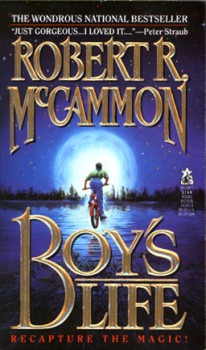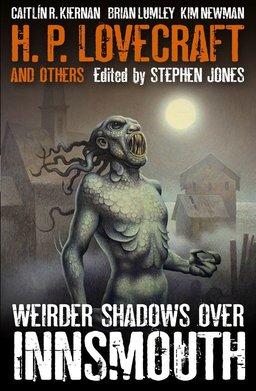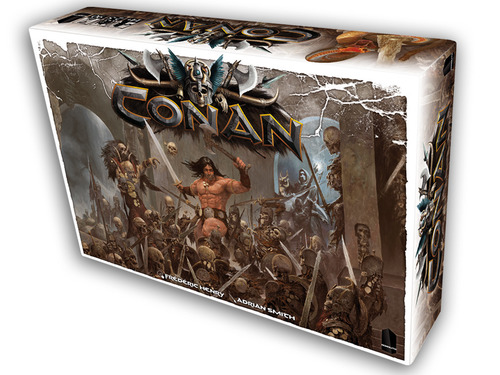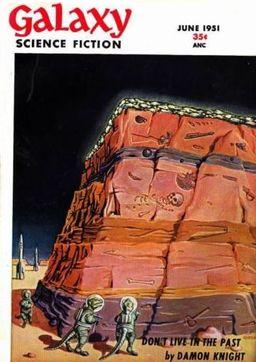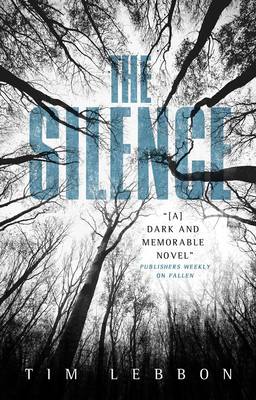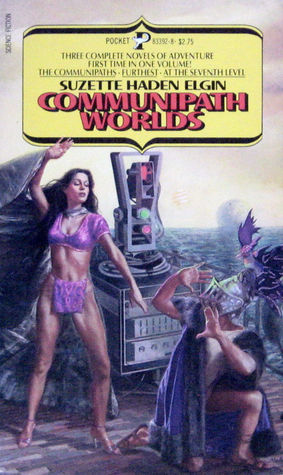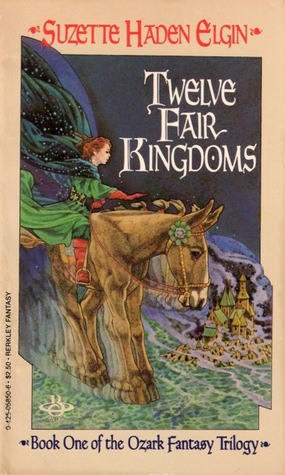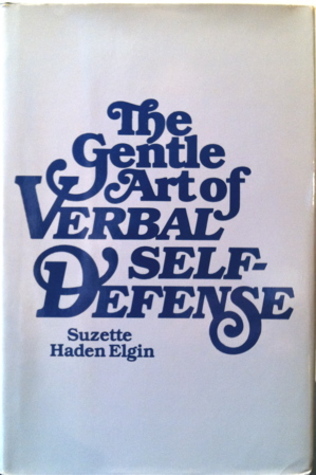Wolfmen in the Wild West: A Review of What Rough Beast by James A. Moore and Charles R. Rutledge
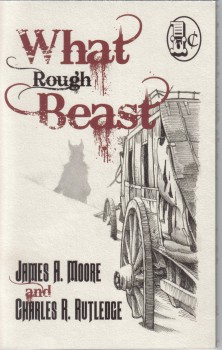 What Rough Beast
What Rough Beast
James A. Moore and Charles R. Rutledge
Illustrations by Keith Minnion
White Noise Press
Signed and numbered hand-crafted Chapbook, 28 p., $17.00 ($15.00 plus $2.00 shipping)
Chapbooks have been around for a long time. For those who may be unfamiliar with them, they are short books usually consisting of a single story, although short collections are also common. They tend to focus on a particular work, or in the case of several stories, a particular writer.
The quality of chapbooks can vary. Before technology made it possible to produce professional level products, it was not uncommon to see chapbooks that were simply photocopies stapled together. These days, though, chapbooks can be works of art. Like the one we’re going to look at today. More on that in a bit.
Until recently, White Noise Press was not a publisher with which I was familiar. I was, however, familiar with the work of Moore and Rutledge, both collaboratively (here) as well as individually (here and here). These authors have a knowledge and love of the genre, and it shows in their work. Guys who are fans of Karl Edward Wagner and Manly Wade Wellman are all right in my book.
So when Charles contacted me not long ago inquiring if I would like a review copy of What Rough Beast, I thought about it for a while (1 while = 0.5 nanoseconds), then said yes.

